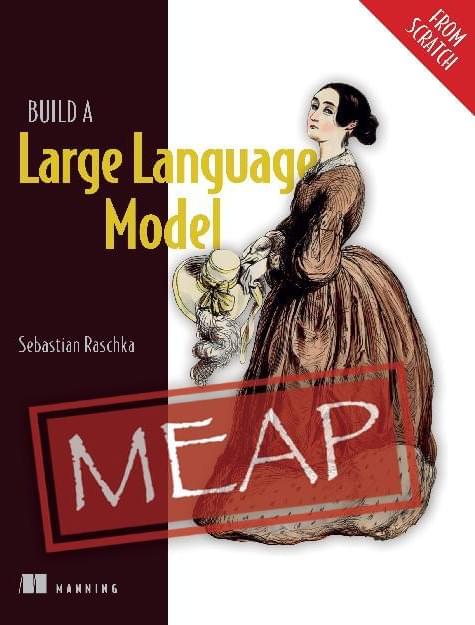NOAA’s GOES-U will be the most advanced of the series.



Join my mailing list https://briankeating.com/list to win a real 4 billion year old meteorite! All.edu emails in the USA 🇺🇸 will WIN!
Previous guest and friend of the show, Sir Roger Penrose, argues that human consciousness is not algorithmic and, therefore, cannot be modeled by Turing machines. In fact, he believes in a quantum mechanical understanding of human consciousness. However, as with any issue related to human consciousness, many disagree with him. One of his opponents is Daniel Dennett, with whom I recently had the pleasure of talking. Tune in to find out why Dennett thinks Penrose is wrong!
If you liked this clip, you will for sure love the full interview: • Video.
Shortly after our interview, Daniel sadly passed away at the age of 82. He was a renowned philosopher, thought-provoking writer, brilliant cognitive scientist, and vocal atheist. He was the co-director of the Center for Cognitive Studies, the Austin B. Fletcher Professor of Philosophy at Tufts University in Massachusetts, a member of the editorial board for The Rutherford Journal, and a co-founder of The Clergy Project.
Known as one of the \.

Together with collaborators in Michigan’s Neural Circuits and Memory Lab led by Diba, Rice neuroscientist Caleb Kemere has been studying the process by which specialized neurons produce a representation of the world after a new experience.
Some dreams may, in fact, predict the future: New research has found that during sleep, some neurons not only replay the recent past but also anticipate future experience.

Summary: ChatGPT Edu, powered by GPT-4o, is designed for universities to responsibly integrate AI into academic and campus operations. This advanced AI tool supports text and vision reasoning, data analysis, and offers enterprise-level security.
Successful applications at institutions like Columbia University and Wharton School highlight its potential. ChatGPT Edu aims to make AI accessible and beneficial across educational settings.

Even though the growth in private sales of electric vehicles (EVs) have slowed in the last year, new research published this week suggests that the number of charging points around the globe will skyrocket to 64 million by 2029.
The figures headline new research from British market research firm Juniper Research, which forecasts EV charging points will rise from 21.8 million globally in 2024 to 64 million by 2029.
According to Juniper, the growth in private EV sales have slowed in the last year due to various factors including range anxiety and reduced EV purchase subsidies for consumers.

Is it possible that time is real, and that the laws of physics are not fixed? Lee Smolin, A C Grayling, Gillian Tett, and Bronwen Maddox explore the implications of such a profound re-think of the natural and social sciences, and consider how it might impact the way we think about surviving the future.
Listen to the podcast of the full event including audience Q\&A: http://www.thersa.org/__data/assets/f…
Follow the RSA on Twitter: / thersaorg.
Like the RSA on Facebook: / thersaorg.
Our events are made possible with the support of our Fellowship. Support us by donating or applying to become a Fellow.
Donate: http://www.thersa.org/support-the-rsa.
Become a Fellow: http://www.thersa.org/fellowship/apply

V/ Sebastian Raschka.
For weekend reading:
Chapter 6 (Finetuning LLMs for Classification) of Build an LLM from Scratch book is now finally available on the Manning website:
In previous chapters, we coded the LLM architecture, pretrained it, and learned how to import pretrained weights from an external source, such as OpenAI, into our model. In this chapter, we are reaping the fruits of our labor by finetuning the LLM on a specific target task, such as classifying text, as illustrated in figure 6.1. The concrete example we will examine is classifying text messages as spam or not spam.